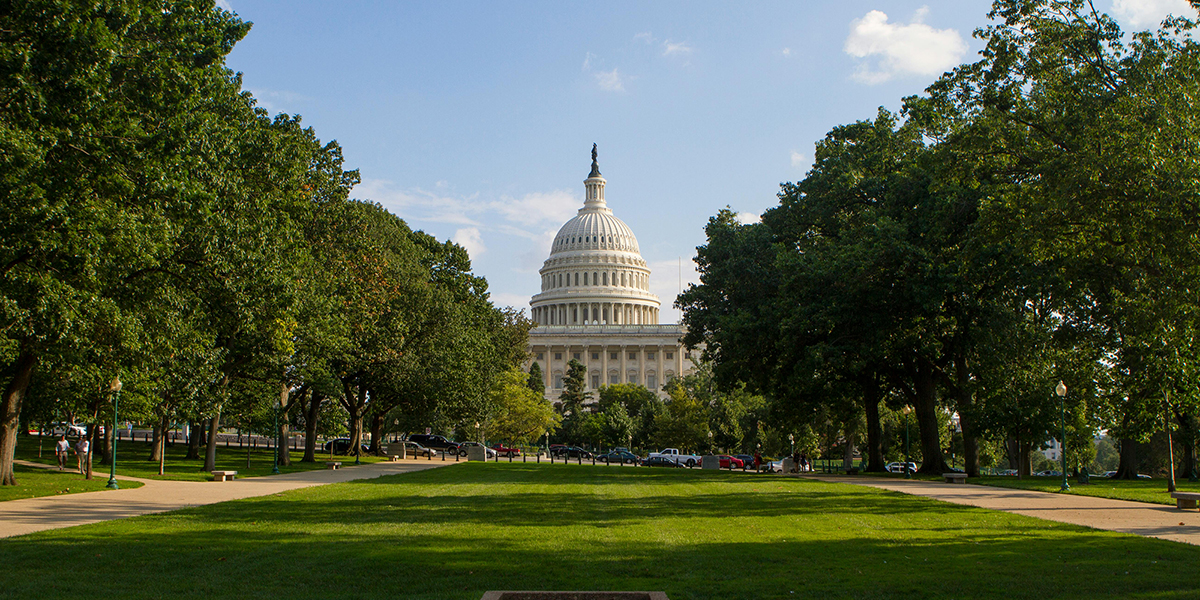

Blog
Peter Stratton, Managing Director of Accessibility Services at SWA, looks back at SWA’s involvement in the creation of the first code document approved by HUD as a “safe harbor” for Fair Housing Act compliance.

In 1988, the Fair Housing Act of 1968 (FHA) was amended to include people with disabilities as an additional protected class. Since then, it is a civil rights violation to discriminate in housing and housing-related transactions based on race, religion, color, sex, national origin, familial status—and disability. The basic concept behind the FHA is to ensure equitable access to housing for everyone.
To ensure that people with disabilities are provided with housing opportunities that are on the same terms with the full range of choice provided to others, physical barriers that prevent access to buildings cannot exist. U.S. Department of Housing and Urban Development (HUD) produced the Fair Housing Accessibility Guidelines (the Guidelines) to inform practitioners about compliance obligations, including how to design and construct multifamily housing that conforms with the FHA.
The Guidelines were HUD’s first attempt at culling together design and construction “guidance” aligned with the seven design and construction requirements of the Act. HUD approved the Guidelines as the first baseline ‘safe harbor’ for meeting the seven design and construction requirements stipulated in the FHA:
The problem with approving the Guidelines as a “safe harbor” for meeting the requirements of the Act was that design and construction professionals were used to working with code requirements that govern design and construction—not with the legalese of the FHA, the regulations that implemented the Act, and the Guidelines.
The design and construction industry made it very clear that for practitioners to design and construct multifamily buildings in compliance with the FHA, its requirements must be incorporated into a building code—in a language that is clearly understood by building industry professionals—and not documented in a federal regulation or other technical guidance written by attorneys in legalese. Seems like a practical request.
Enter Steven Winter Associates!
In 1999, 8 years after the effective dated of the FHA, HUD responded to the industry’s request.
SWA, represented by Peter Stratton, was retained by HUD’s Office of Fair Housing and Equal Opportunity to conduct an analysis of existing building codes and identify where each fell short of meeting the design and construction requirements of the Fair Housing Amendments Act (FHAA).
The goal of the analysis was to identify provisions of US building codes that were not aligned with the design and construction requirements of the FHA so that the code organizations s responsible for writing building codes had the data to inform the development of subsequent editions of the codes.
SWA analyzed the provisions of the BOCA National Building Code 1996 edition; the Uniform Building Code, 1997 edition; the Standard Building Code, 1997 edition; and the International Building Code First Draft of the 2000 edition.
The analysis concluded that “the majority of the building codes reflected the majority of the technical requirements of the FHA and found that all four model building codes applied accessibility requirements to most, but not all, of the covered multifamily dwellings that are subject to the design and construction requirements of the FHA.” Published in the Federal Register in March of 2000, our analysis also identified areas where the model building codes “needed to be revised in order to ensure that they are consistent with the requirements of the FHA and makes recommendations to assist the model building code organizations in developing model building codes that are consistent with the design and construction requirements of the FHA.”
Stratton provided recommendations to HUD’s Model Building Code Working Group on “how each identified variance could be revised to conform with the FHA, the implementing regulations , and the Guidelines. He presented the results of the code analysis and his recommendations in November of 1999 at a public meeting held in Washington, DC.”
The industry’s response to the code analysis praised HUD’s efforts to provide technical assistance to the model building code organizations to help ensure that the model codes meet the accessibility requirements of the FHA.
The model building code entities (BOCA, SBC, and UBC) disbanded and reorganized as one code organization — the International Code Council (ICC), which would produce an International Building Code available for adoption across the US. The ICC responded to the code analysis conducted by SWA in collaboration with HUD’s Model Building Code Working Group by creating a stand-alone code document that incorporated all of Stratton’s recommendations for how to better align code provisions with the requirements of the FHA.
This stand-alone code document, entitled Code Requirements for Housing Accessibility (CRHA), was the first code document approved by HUD as a ‘safe harbor’ for compliance with the design and construction requirements of the FHA.
The CRHA became an appendix to the first edition of the International Building Code, the IBC 2000. It was subsequently rolled into Chapter 11: Accessibility of the 2003 edition of the IBC—which is the precursor to the Chapter 11: Accessibility of the IBC that we know today. The IBC is adopted by most jurisdictions across the US.

SWA is a pioneer in the field of accessibility, having been an integral part of the government’s response to the industry’s demand for codifying the legalese of the FHA..
Partly due to SWA’s contribution, millions of multifamily housing units provide access to people with disabilities thereby reinforcing the goal of the FHA—to provide equitable housing opportunity for everyone.
Contact us to speak with one of SWA’s FHA compliance consultants.
Written by Peter A. Stratton, Managing Director of Accessibility Services
Steven Winter Associates